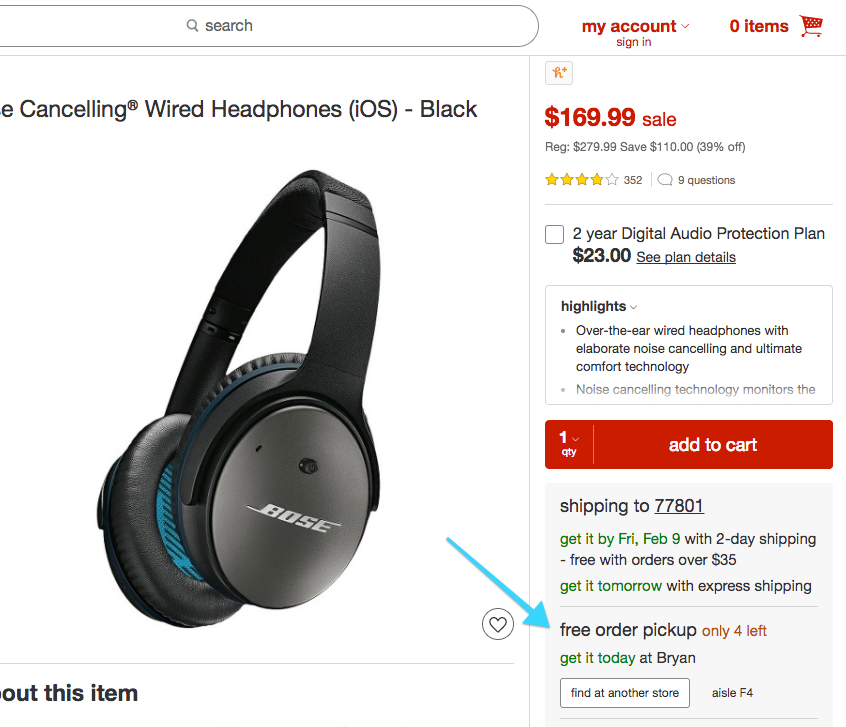Think back to the last time you bought something. That thing could be a new outfit or a replacement part for the toilet in the guest bathroom.
Whatever it was, there’s a good chance you didn’t just think of what you needed, hop in the car and drive over to a local store to make the purchase. There was a more nuanced mental checklist that you ran through first.
- Is this something I need/want in my hands today?
- Will it be cheaper online or will shipping fees add delays and cost?
- Is there a place nearby that will carry it?
- Do I know exactly what I need or is a little research required?
For most of these scenarios, the first step actually begins on the browser.
Shoppers want to know: can I find what I’m needing at a good price and can I pick it up in order to get it quicker/save on delivery fees?

This is why close attention to the customer experience is so critical for omni-channel retailers, because if you disrupt that buying path at any stage, the result is going to be a lost sale. They will have turned to another seller to find what they need.
So as an independent retailer, here are two multi-channel features you must provide to keep customers on the path to making a purchase with you.
- Store pickup options being clearly displayed at the product. cart and checkout pages
- Real-time syncing of inventory between in-store and online
Without those, you are going to be losing your local customers left and right.
This article will look more in-depth at each feature to show you how to do both well.
Store pickup options being clearly displayed at the product, cart and checkout pages
Store pickup is often expected by shoppers to be displayed alongside the shipping options. However, including these options just at the product page or just at checkout can often cause it to be overlooked by customers.
It was found in recent usability testing by Baymard that around 80% of mobile users wanting Store Pickup overlooked this option on sites that didn’t include store pickup alongside delivery info.
So with mobile especially, you need to clearly provide your omni-channel options together at multiple stages of the buying process: product pages, cart and at checkout.



Walmart.com clearly provides store pickup alongside other delivery options at multiple stages of the buying process. This ensures that the pickup options are not overlooked by their customers who are wanting that option.
Real-time syncing of inventory between in-store and online
If a local customer is looking through your site to find something they need soon, they will be checking to see whether it is available at your store now.
In order to be able to provide that information accurately, the inventory shown on your online store and in your physical store have to be in sync with each other. Otherwise, you risk someone showing up in-person only to find out that what was "in stock" online was not actually available at your store. This would be detrimental to the lifetime value of your customers.
Availability should be very clearly highlighted to give customers assurance on whether they can pick up in store or not.

Being able to provide a good customer experience in these scenarios is one of many reasons why it’s beneficial to have automated inventory control between your point of sale and eCommerce systems.
Request a consultation here if you are needing to improve your own workflow in this area.
As you’re beginning to take stock of your store’s multi-channel capabilities, making sure your store pickup options are reliable and noticeable should be a top priority. This is a significant advantage that you hold over pure online retailers.
By displaying store pickup as a “delivery option” for all orders, an omni-channel’s online store can leverage this attractive feature over their pure online competitors.




